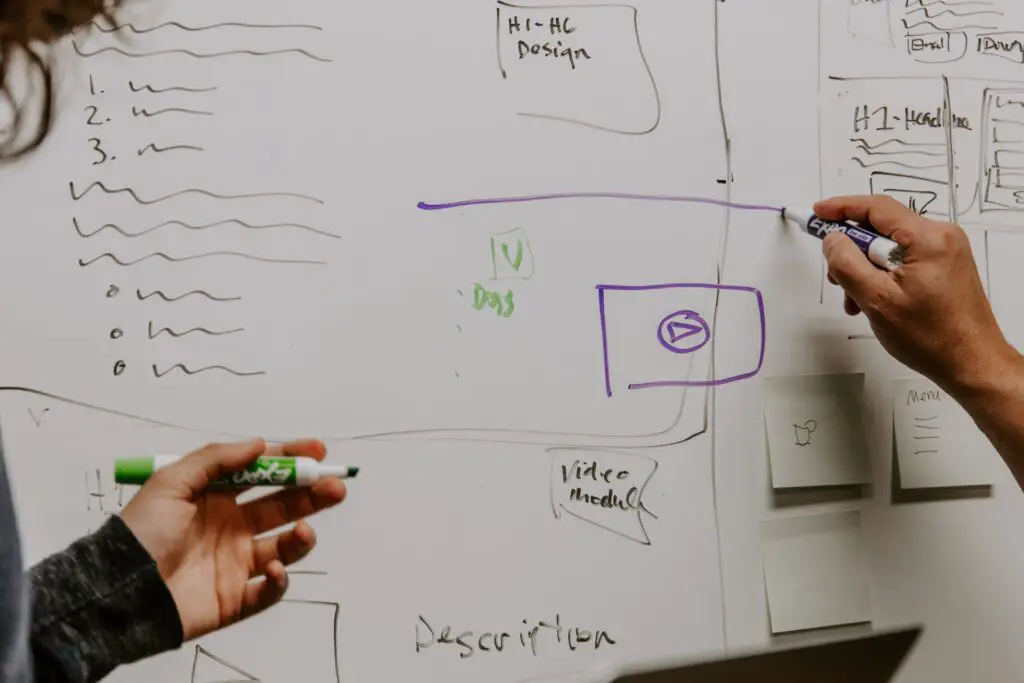In IELTS Reading Classification or Matching questions, several statements will be given after a passage followed by a box of options.
You have to match with or classify the statements into the different categories given.
Before attempting this question, read all the statements and highlight the keywords.
The information in the text may not be given in the same order as the questions.
In such IELTS Reading questions, rather than searching the passage for the information in the question, we should search the passage for the options because they would be easier to find.
Sometimes there are fewer options than the number of questions. Check the instructions to see if the same option can be used for more than one question or not.
IELTS Reading Classification/Matching practice
| Kathmandu Metropolitan City Office: 1919 to 2016 A brief history of a hundred-year struggle for democracy in the capital city of Nepal. |
|---|
| Kathmandu was declared the first and only metropolis in the country just 20 years ago, but the present Kathmandu Metropolitan City Office (KMC) had its humble beginning in 1919. In December that year, a Cleaning Office was established in the Capital to clean the streets whenever members of the Royal family ventured outside the royal palace. The Cleaning Office was the first government institution at the local level in the country, and in spite of its main purpose to serve the royals, it nevertheless benefited locals who used the street. It is that Office that has gone through several transformations and revisions to become the only metropolitan authority in the country. Records show that the Cleaning Office was divided into two sections—lower and upper—for division of work. And in 1932, the then Rana government issued a decree for organisational reform of the Office and for widening its working areas. But a revolution was brewing within the country against the autocratic Rana regime. The State executed four freedom fighters in 1941 in Kathmandu to quell the revolution, but it backfired and further angered the public. To placate the citizens, in February of 1947, Prime Minister Padma Shumsher declared the establishment of a municipality in Kathmandu. Marketed as a democratic institution, Padma Shumsher even conducted elections for the position of chairman for each of the 18 wards that were there in Kathmandu back then and for vice chairman of the municipality. However, the chairman of the entire municipality was nominated by the State, which led other elected representatives to resign in protest. After the establishment of democracy in 1951, a Municipality Act was drafted, according to which the first election for Kathmandu municipality was held on August 25, 1952. Janakman Shrestha became the first elected mayor of Kathmandu. Later Prayagraj Singh Suwal was elected the mayor in 1957. The trend to elect the mayors of local bodies continued during the Panchayat era between 1960 and 1990. During this period, Chandrananda Newa, Basudev Dhungana, Premraj Shakya, Kamal Chitrakar, Haribol Bhattarai and Sharada Prasad Bhattarai respectively became municipal chiefs of Kathamandu. After the restoration of democracy in 1990, PL Singh was elected the mayor of Kathmandu in 1992. It was Singh who declared Kathmandu a metropolitan city in 1995. In the 1997 elections, Keshav Sthapit was elected the mayor of Kathmandu. After his term expired in 2002, he was again nominated for the post by the government, but he resigned in 2004. Rajaram Shrestha was then elected as KMC mayor in the 2006 local level elections, but the elections held under former king Gyanendra Shah was boycotted by major political parties like the Nepali Congress and CPN-UML, and the elections are not considered legitimate now. Currently, Rudra Singh Tamang is heading KMC as the chief and executive officer appointed by the government. This means Kathmandu, as well as other local bodies in the country, have been without elected representatives since 2002. The concepts of decentralisation, local sovereignty, and democracy championed by various political parties during different times in the country’s history have failed to truly materialise. In the absence of elected representatives, government employees have been heading local bodies. Kathmandu suffers from mismanaged settlements, increasing pollution, and scarcity of daily essentials as citizens have not been able to choose a local government for themselves for nearly two decades. |
| This text has been adapted from an op-ed article by Gaurav Thapa published in The Kathmandu Post on 16 February 2016. An archive of the original article can be found at https://kathmandupost.com/opinion/2016/02/21/kathmandu-city |
Look at the following statements (Questions 1-4) and the list of dates below.
Match each statement with the correct date, A-G
Write the correct letter, A-G, in boxes on your answer sheet.
1 An illegitimate election was held.
2 Kathmandu got its first elected mayor.
3 A precursor to Kathmandu’s metropolitan authority was formed.
4 The Panchayat period ended.
| List of Dates |
|---|
| A 1919 B 1932 C 1941 D 1947 E 1952 F 1990 G 2006 |
Click to reveal answers »
1. G, 2. E, 3. A, 4. F
Next lesson:
IELTS Reading: Global multiple choice question

